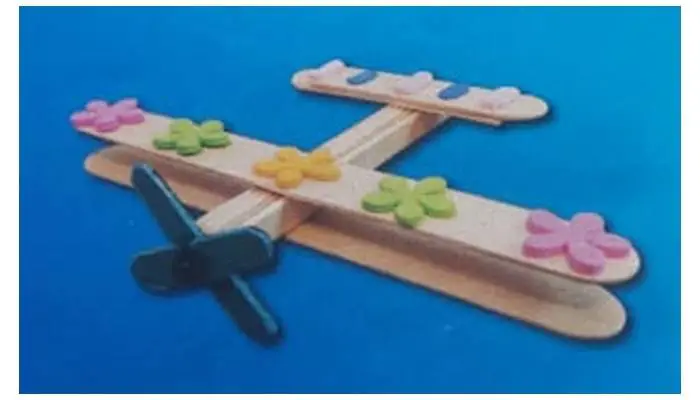
There’s something about airplanes that fascinates kids. Here are cute toy planes that will make wonderful gifts for your little ones, and will let your little one’s imagination soar high in the sky.
Kids love to play with things that move and fly.
Most kids are already aware of planes by the time they are 4 years old. Some of them have already seen their older siblings make airplanes from paper or flying a toy plane, and some have have already experienced the thrill of travelling by an airplane at this age.
No wonder, they are fascinated by planes.
Kids love to throw toy planes in the air and watch them soar in the sky, it also provides kids with a reason to spend some time outdoors and get some fresh air and sunlight.
Toys nowadays are designed not just to entertain but also to educate. Toy planes can be used to teach kids how planes look and fly, as many of these toys are similar in appearance to the real planes. These toys can also spark imagination in your child to create something important like the Wright brothers.
Science Concepts Related to Flight
Here are some fundamental science concepts related to how planes fly and move through air.
Four forces of flight
The following forces affect the flight of a plane and making adjustments to these has an impact on the performance of the plane:
- Thrust: Force is something that pushes or pulls something. Thrust is the push you give to the plane (by throwing in the case of paper planes, and through the engines in a real plane)
- Lift: When the plane starts flying, air moves over and under the wings. As per Bernoulli’s principle, air over an airplane’s wing moves faster compared to the air below the wings, creating a pressure difference that provides a force called lift to the plane.
- Drag: As the plane moves through the air, the plane faces resistance from air that pushes against it trying to slow it down. This force is called drag.
- Weight: This is the force of gravity that is acting on the plane.
By having an understanding of these concepts, kids will have a better understanding of the principles that govern the movement of toy and paper planes.
So does a paper plane with larger wings will have greater horizontal displacement (will it go further)?
Well, larger surface area of the wings will help but only till a certain point.
A larger wing surface area helps generate greater lift as more air passes over the wing, and keeps the paper plane airborne longer. However, larger wings also face more drag which slows down the plane.
The ideal wing size is one where the lift and drag forces are balanced for better flight performance.
Types of Toy Airplanes
You get a range of airplane toys nowadays; from the simple foam made planes, to the more sophisticated remote-controlled planes; some fly and some don’t (they are more of show pieces).
Each type of toy plane provides a different play experience, and also different levels of difficulty for the user.
Paper planes: Paper planes are simple toys that can be made from a single sheet of paper. While its easy to make a paper plan at home (most kids know how to make one), you get intricately designed paper planes that glide smoothly in air. These are classic, inexpensive toys that can be flown indoors or outdoors.
Wind-up planes: These are toy planes that are powered by a wind-up mechanism. They are usually small and can be played with indoors or outdoors.
Remote control (RC) planes: These are radio-controlled aircrafts that can be controlled using a remote. They come in a variety of sizes and designs, ranging from small indoor models to larger outdoor models that can fly longer distances.
Gliders: These are not battery powered and need to be thrown in the air after which they fly through the air using the air currents. They have a sleek and aerodynamic design and are typically made of foam.
Foam planes: Foam planes are lightweight toys that are often used for indoor play. These are made from foam material and provide good stability as well as lot of fun time.
Balsa wood planes: These are model planes made from balsa wood and are often used for educational purposes to teach those who are learning building and flying as a hobby. These can be built from kits or from scratch.
Die-cast metal planes: These are miniature replica models of real-life aircrafts that are made from die-cast metal. They are collectible toys that come in a variety of sizes and designs.
Rubber band-powered planes: These are toys that are powered by a rubber band mechanism. They are usually small and can be flown indoors or outdoors.
Toy flying drones: Toy flying drones are miniature versions of unmanned aerial vehicles (UAVs) that can be controlled from the ground. They come in a variety of sizes and designs, ranging from small indoor models to larger outdoor models.
Model planes: Model planes are miniature replica models of real-life aircrafts. They can be made from a variety of materials, including balsa wood, foam, and plastic. They are often used for educational purposes or as a hobby.
Stomp Rockets/Planes for Kids
Stomp Rocket Original Stunt Planes Set for Kids
I recently had the opportunity to try out the original Stunt Planes set for kids by Stomp Rocket, and let me tell you, it exceeded all my expectations. This product is not just your ordinary rocket toy; it takes outdoor play to a whole new level of excitement and fun!
What sets this Stomp Rocket apart from others on the market is its ability to perform awesome tricks. It comes with three different stunt planes, a glider, a looper, and a wildcat, that are designed to impress. The glider soars up to an impressive 100 feet, the looper makes thrilling overhead circles, and the wildcat surprises you with a different trick every time. It’s like having a mini airshow in your own backyard!
The adjustable launch stand adds another dimension to the experience. You can change the angle of flight, allowing the planes to fly into a headwind or with a tailwind. This feature provides endless possibilities for experimentation and learning. It’s a fantastic way to introduce kids to the principles of STEM subjects like science, technology, engineering, and math while having a blast outdoors.
These original Stunt Planes set by Stomp Rocket is a must-have outdoor toy for kids aged 3 and above. Its durability, and ability to perform incredible tricks make it a standout product. Not only will it provide hours of entertainment, but it also fosters curiosity and learning through play. So, grab a set and get ready for high-flying adventures that will leave your kids amazed!
Balsa Wood Airplane Gliders
Balsa wood planes are sort of classic fun toys that also teach about the basics of aviation. These come packaged in secure packaging to ensure the gliders reach you safely. The gliders require some assembling, and since they are a bit fragile, please handle the parts gently while assembling (especially if your child is going to put it together).
Gliders have wings, body, and a tail section and follow the same principles of flight. Some gliders may come with a motor, but even without a motor, the glider goes quite some distance due to the aerodynamic shape.
Here’s a video that shows a twin engine glider with two gliders.
Large Throwing Foam Planes
Easy to use and fun to play with. Made from EPP foam, these are safe to use and manually operated. Just throw them in the air, and it will travel the distance.
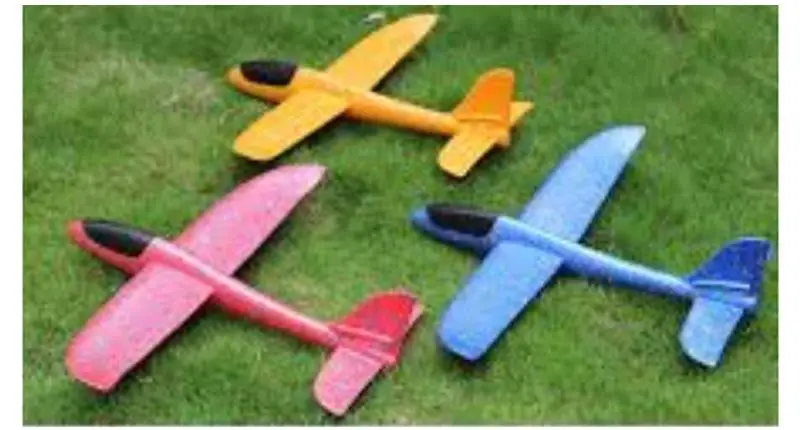
The best thing about these glider planes is that it allows for inexpensive fun.
The design is simple; kids love to make paper airplanes anyway, this design takes it a step further. And because it uses foam, these toys are almost indestructible (although with kids you never know what’s going to happen to the toy).
On most of these throwing foam places, you can easily make some adjustments to the tail, which allows the plane to take a different trajectory (depending on the setting selected).
FLIGHT MODES – These planes can operate in a couple of modes – Glider mode and reversal mode. There are two slits in the tail of the plane. Inserting the wing in the lower slit makes the plane fly in glider mode, and inserting it in the upper hole will make the plane fly in reversal (boomerang) mode.
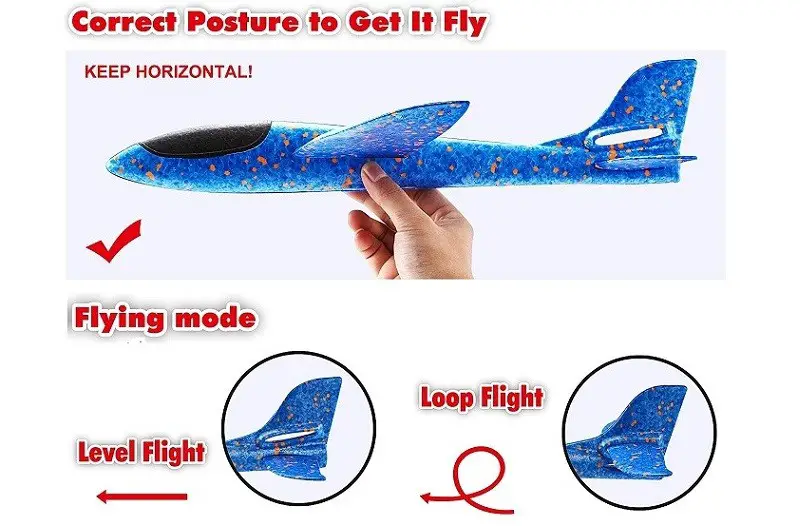
Almost no assembly needed (and don’t need batteries), just place the wing and tail in position and you are good to go.
Not just kids, but the whole family can enjoy these making them great toys for family-bonding; use them in the backyard, sand beach, yard, park and other places.
These are available in varying sizes and sold as bundles of multiple pieces. Checkout this large throwing foam place that also comes with a parachute toy.
Electric Glider Plane for Kids
These are also foam based glider planes that needs to be thrown in the air, but it comes with a small motor that lets the plane be in air for about 10 to 15 seconds. Its a great deal of fun for the kids but you definitely needs a bigger place otherwise there is a risk that the plane can get caught in the tree or may enter someone else’s house.
Dimensions: 12.2 x 3.78 x 1.85 inches. After a few flights the motor will need to be recharged, which is easily done through the built-in USB charging point.
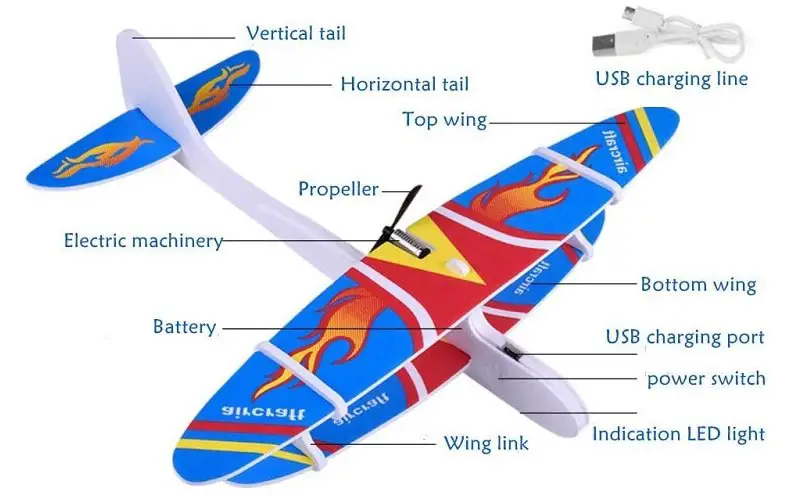
This electric glider is not only lightweight but also safe for kids to play with. It can be easily put together and comes with an USB charger. So, take your plane to the beach, garden, and open area for lots of fun.
Aeroplane / Rocket: Art
Make Aeroplane / Rocket: Craft Ideas
Cut the following shapes: 1 big rectangle, 3 rectangles, 3 circles and 8 thin strips made of colored papers. Stick them as suggested in the image and your rocket is ready.

Read: More papercraft ideas for kids.
Airplanes For Kids: Buying Guide
Planes have always fascinated us from the time Wright Brothers invented this flying machine. Here are some interesting facts about the Big Birds.
Airplanes have been used for transportation of goods and people, military and more. Most airplanes are flown by a pilot onboard the aircraft, but some like drones are designed to be remotely or computer-controlled.
FIRST PLANE
Orville and Wilbur Wright flew the first flight on December 23, 1903, in North Carolina. The plane flew for 12 seconds and traveled a distance of 120 feet. It was built of wood and was named Kitty Hawk.
There are thousands of parts in an airplane. The main parts are:
- FUSELAGE – The fuselage holds the airplane structure together and houses passengers or cargo. Modern aircraft fuselage may accommodate up to 800 passengers and over 112,700 kilograms of cargo.
- COCKPIT – The cockpit holds the command and control section for controlling the airplane on the ground as well as when flying.
- ENGINES – Engines generate power and provide hydraulic and electricity. Modern aircraft use different types of engines, although jet engines are favored by most commercial airliners.
- UNDERCARRIAGE – The undercarriage, also known as landing gear, provides a platform for the aircraft to stand, also plays an important role in landing and take-off.
Heaviest Aircraft
Antonov An-25 is the largest and also the heaviest aircraft in the world. It first took flight on 21 December 1988. It is used to transport extremely heavy loads such as rocket boosters.
Largest commercial airplane
The largest commercial airplane is the Airbus A380. It was introduced in 2006 and includes beds, showers, libraries, kitchens, dining halls and much more. The aircraft can carry 853 passengers in total.
Faster Flyer
Concorde was the world’s fastest commercial aircraft. It took Concorde just three and a half hours to travel from New York to Paris while it took other commercial aircraft around eight hours. It made its first flight on March 2, 1969, from France but was discontinued from flying on October 24, 2003, due to various incidents.
Smallest Airplane
Bumble Bee II is the world’s smallest piloted airplane. Its first flight was on 8 May 1988. Unfortunately, that aircraft was destroyed in a crash not long after setting the record.
The Cri-Cri is the world’s smallest airplane. The plane is very light and environment friendly with zero carbon dioxide emissions. It can fly for 30 minutes at a speed of 110 kilometers per hour with just the pilot.
Funtoyworld is a family-managed website with me (Ben), and my wife doing most of the work. We are proud parents of two wonderful kids and love reviewing toys. We have a firm but friendly “democratic parenting” style and offer several practical suggestions backed by extensive research. Our own experience with raising two children prompted us to share our knowledge. Read more.


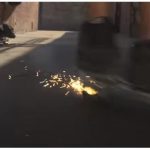
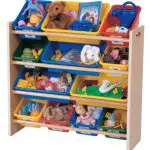
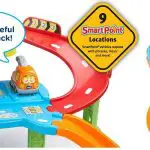
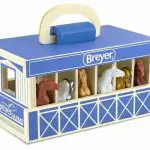



Leave a Reply